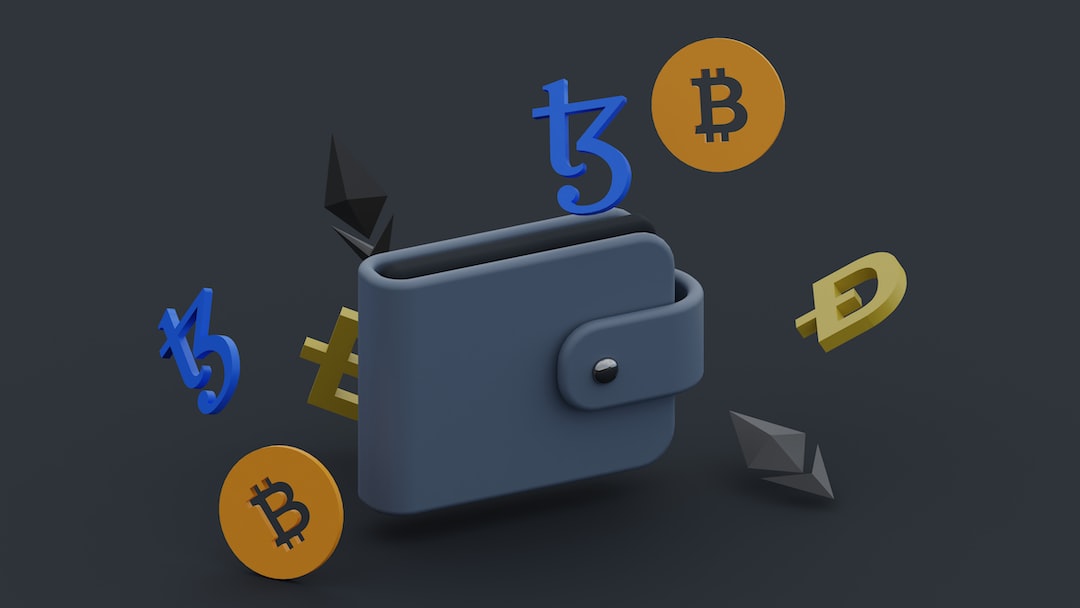Moody’s Report Highlights Rise in Blockchain-Based Tokenized Funds
A recent report from Moody’s, a global financial services powerhouse, has shed light on the growing world of blockchain-based tokenized funds. The report emphasizes the efficiency gains that can be achieved by investing in assets like government bonds through tokenized funds, highlighting the untapped market potential. However, Moody’s also warns about the technological risks associated with these funds and stresses the importance of fund managers possessing broader technological expertise.
Surge in Fixed-Income Tokenized Funds Driven by Government Securities
The surge in fixed-income tokenized funds is largely driven by investments in government securities, a trend that has been accelerated by recent interest rate hikes by the U.S. Federal Reserve. Moody’s reports that tokenized fund issuance backed by government securities grew from $100 million to over $800 million on public blockchains by the end of 2023. Franklin Templeton conducted the largest issuance with their U.S. Government Money Fund on the Stellar (XLM) and Polygon (MATIC) blockchains. Other financial institutions like Backed Finance and UBS are also exploring this space.
Potential Role of Tokenized Money Market Funds as Stablecoin Collateral Alternatives
In the absence of stablecoins or central bank digital currencies, Moody’s suggests that tokenized money market funds could serve as stablecoin collateral alternatives in decentralized finance (defi) markets. This opens up new possibilities for stability and liquidity in the crypto space.
Tokenization Platforms and Protocols in the Works
Moody’s highlights some notable developments in tokenization platforms and protocols. SC Ventures has launched Libeara, a tokenization platform, while Nomura’s Laser Digital has unveiled the Libre protocol for Brevan Howard and Hamilton Lane funds. These initiatives further contribute to the growth and innovation in the tokenized funds space.
Benefits and Risks of Tokenized Funds
Tokenized funds, although similar to traditional bond funds in terms of investment strategy, differ in their digital format. These digital tokens on distributed ledgers offer increased liquidity, reduced costs, and fractionalization opportunities. However, they also introduce complexities and risks such as technological failures and exposure to stablecoin volatility. Moody’s concludes that while tokenized funds bring technology-driven efficiencies, further development and standardization of the supporting framework are needed.
Hot Take: Moody’s Report Highlights Efficiency Gains and Technological Risks of Blockchain-Based Tokenized Funds
Moody’s recent report provides valuable insights into the world of blockchain-based tokenized funds. It emphasizes the potential efficiency gains in investing in assets like government bonds through tokenized funds, highlighting an untapped market opportunity. However, it also cautions about the technological risks associated with these funds and the need for fund managers to have broader technological expertise. The surge in fixed-income tokenized funds, driven by investments in government securities, is a notable trend accelerated by recent interest rate hikes. While tokenized funds offer benefits such as increased liquidity and reduced costs, they also come with complexities and risks that require further development and standardization.





 By
By
 By
By
 By
By
 By
By
 By
By